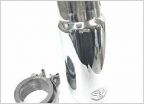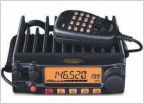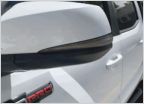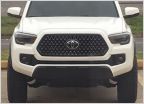-
Welcome to Tacoma World!
You are currently viewing as a guest! To get full-access, you need to register for a FREE account.
As a registered member, you’ll be able to:- Participate in all Tacoma discussion topics
- Communicate privately with other Tacoma owners from around the world
- Post your own photos in our Members Gallery
- Access all special features of the site
Understanding our Two-piece Drive Shafts
Discussion in '3rd Gen. Tacomas (2016-2023)' started by Toycoma2021, Aug 28, 2025 at 7:39 PM.


 2016 Tacoma Tail pipe cover
2016 Tacoma Tail pipe cover TRD Pro Wheels on TRD Sport
TRD Pro Wheels on TRD Sport Ham radio, mobile strength with portable capabilities, help
Ham radio, mobile strength with portable capabilities, help Has anyone with a 2021 successfully installed seq turn signals?
Has anyone with a 2021 successfully installed seq turn signals? Black Overlay for Grille Chrome
Black Overlay for Grille Chrome Rear seat belt buckle flopping and hard to engage
Rear seat belt buckle flopping and hard to engage











































































